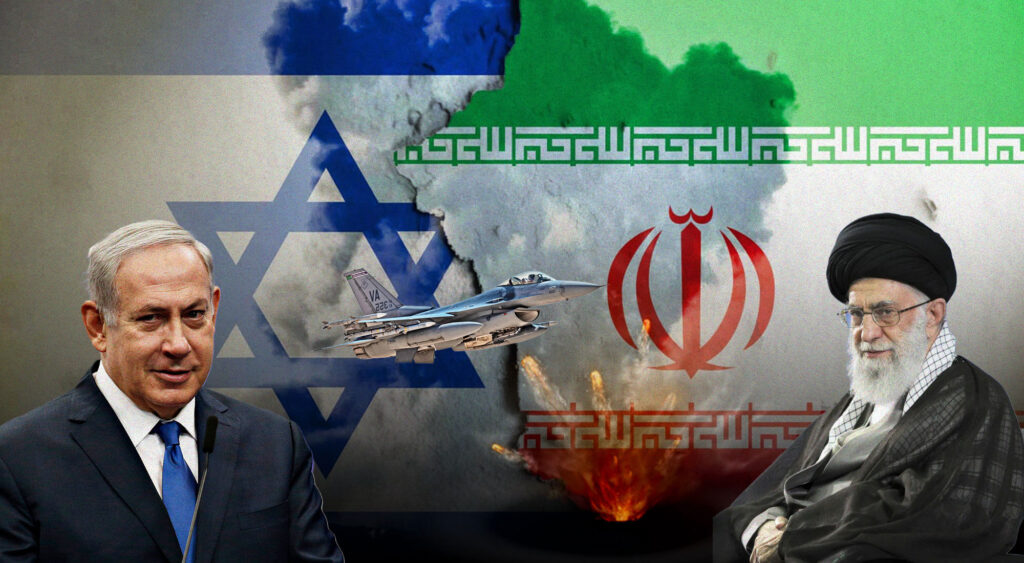
The Israeli attack on Iran on at 6:30 a.m. Israeli time on June 13, 2025, codenamed “Operation Rising Lion,” and the subsequent Iranian retaliation mark a significant escalation in the long-standing Israel-Iran conflict. Things are going to get interesting. Anything is possible now—Iran may back down; there may be a regime change; Israel might suffer unacceptable damage; or the US may be forced to intervene militarily in its help. The Indian print and electronic media is full of sensational and fictitious stories—straight out of action-techno thrillers like ‘The Expendable’ series of films packed with almost every single action star in the world, or the ‘Mission Impossible’ series. Sorry to disappoint sensation-hungry public but, in this article, I will furnish a highly critical and nuanced analysis from trusted sources, stripped of all stupid sensationalism.
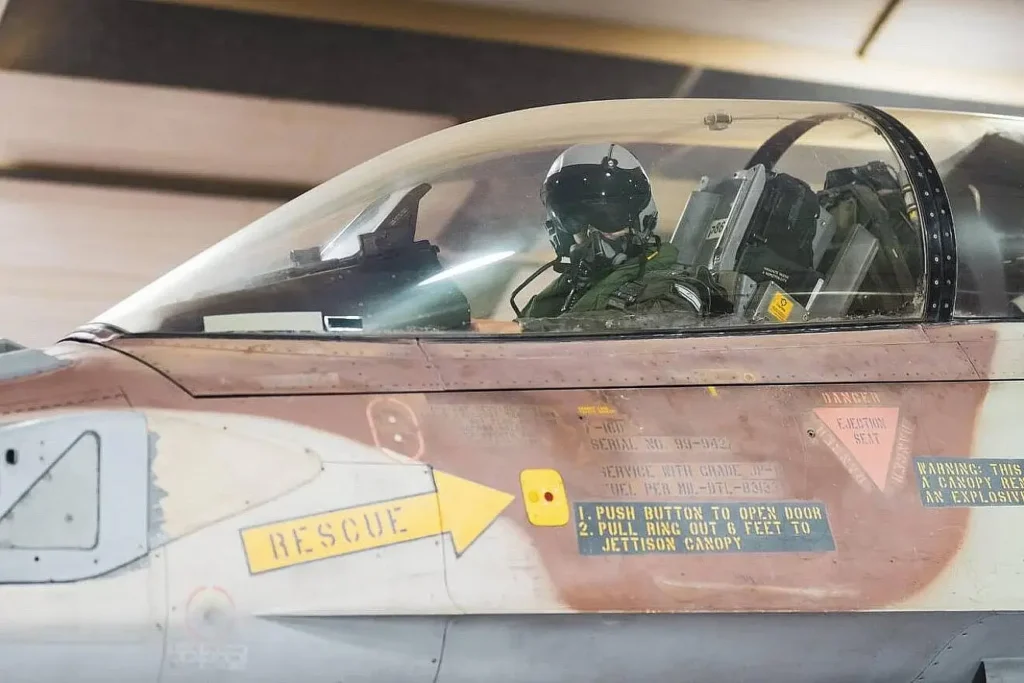
The Israeli attack targeted Iran’s nuclear facilities, ballistic missile sites, air defences, senior military leadership, and probably nuclear scientists also. The attack was described as a pre-emptive strike, prompted by intelligence suggesting Iran was nearing a nuclear breakthrough, posing an existential threat to Israel.
The attack involved some 200 Israeli fighter jets launching more than 330 precision-guided munitions on approximately 100 targets, and coordinated with covert Mossad operations inside Iran for target identification and ‘prior softening’. Iran retaliated on June 13-14 with over 100 drones and hundreds of ballistic missiles targeting Israel, particularly Tel Aviv, causing limited damage and casualties due to Israel’s multi-layered air defence systems.
Prelude to the Attack
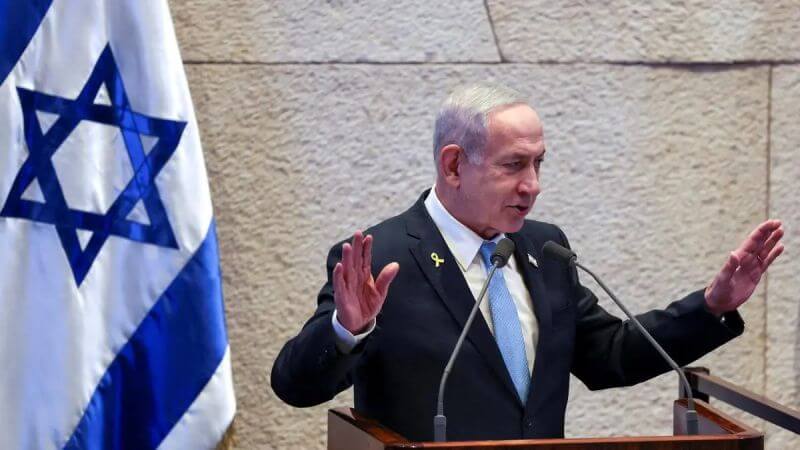
Tensions had been building due to on-going US-Iran nuclear talks, which resumed in April 2025 under the Trump administration, mediated by Oman. Not much headway was achieved anyway. Netanyahu opposed any deal that would allow Iran to retain enrichment capabilities, fearing it would legitimize and economically strengthen the Iranian regime. The operation was prompted by intelligence indicating Iran had amassed enough enriched uranium to produce up to 15 nuclear weapons within days, a claim made by IDF spokesperson Brig. Gen. Effie Defrin. In any case, a recent IAEA resolution also accusing Iran of non-compliance with non-proliferation commitments provided Israel with a pretext for the strike.
Planning of the Attack
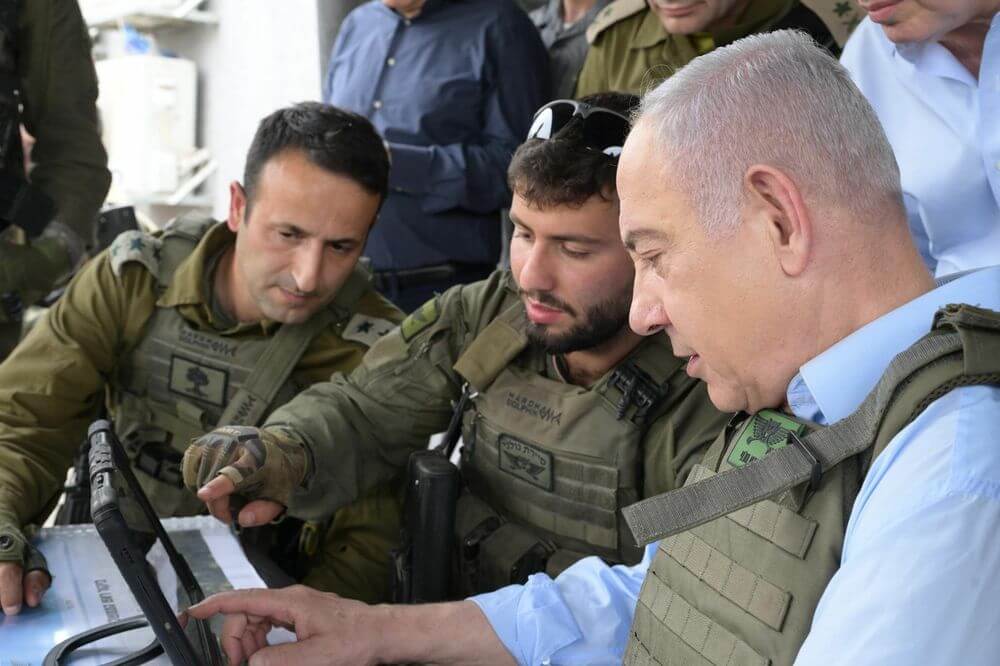
Israel’s “Operation Rising Lion” was a meticulously planned operation, reportedly in development for years, leveraging the Israel Defence Forces (IDF) and Mossad’s capabilities. Israel had been monitoring Iran’s nuclear program and military infrastructure for decades
Immediate Motive of the Attack
Israel’s leadership, particularly Netanyahu, was wary of any US-Iran deal that would allow Iran to retain enrichment capabilities. New York Times, the TIME magazine and the think tank Atlantic Council suggest that, by striking before the talks, Israel wanted to disrupt negotiations and pressure Iran. This aligns with Trump’s public statements urging Iran to reach a deal or face further consequences.
Iran’s Nuclear Program
The program includes uranium enrichment facilities at Natanz, Fordow, and other sites, as well as research reactors and a heavy-water reactor at Arak. Iran insists its program is for peaceful purposes (e.g., power generation and medical isotopes), but Western countries and Israel suspect it aims to develop nuclear weapons. It is believed that Iran was close to enriching uranium to 90% required for weapons-grade.
Natanz has both over-ground and underground structures. According to Reuters and CNN, the underground part survived the strikes. Fordow is a heavily fortified, underground facility within a mountain, designed to be resistant to airstrikes. CBSNews cited IAEA, which reported no damage to Fordow from the strikes. The Bushehr power plant was not targeted.
How the Attack was executed?
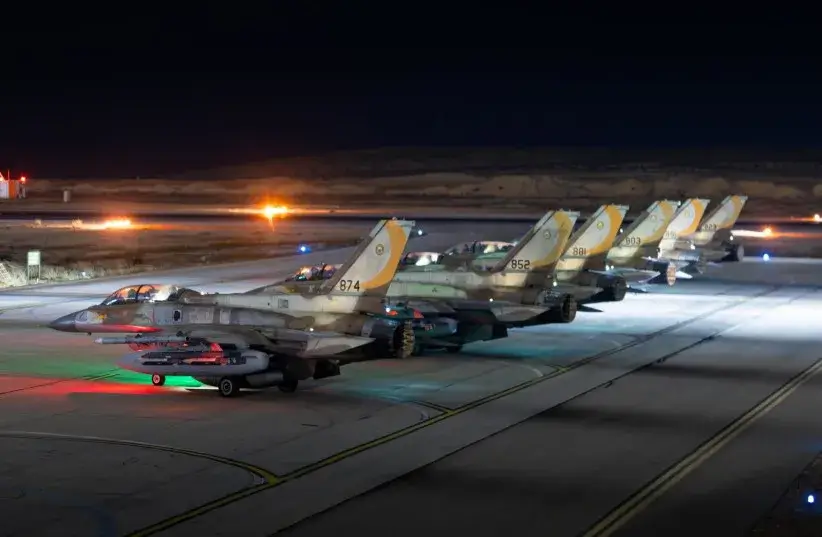
A large number of aircrafts (F-15, F-16 and F-35) were deployed and in view of the great distance (one-way some 1800 km), the jets were refuelled in air using old Boeing 707 aerial refuelling tankers. Videos of tankers are available. The use of F-35s suggests Israel prioritized stealth to evade Iran’s air defences, while F-15s and F-16s provided the firepower for heavy strikes. The reliance on PGMs indicates a focus on minimizing collateral damage while maximizing impact on strategic targets.
The strikes primarily used air-to-surface missiles and precision-guided bombs. The munitions targeted above-ground and potentially shallow underground facilities, as Israel currently lacks munitions like the US’s Massive Ordnance Penetrator capable of destroying deeply buried structures.
The munitions launched included American JDAM (Joint Direct Attack Munition) GPS-guided bombs; SPICE (Smart, Precise Impact, Cost-Effective) Israeli-developed precision-guided munitions for striking hardened targets; Delilah Air-Launched cruise missiles for targeting air defences and command centres. There is no confirmed evidence that Israel launched surface-to-surface ballistic missiles, like the Jericho missile. The attack focused on precision and over such a range, a ballistic missile would not have been able to achieve the desired accuracy.
The Boldest Air Attack in History

It was one of the boldest and largest air attacks in modern history due to the immense range (some 1800 km) they had to cover, the sensitivity of nuclear and military targets, and the geopolitical implications. However, given Israel’s small air force, and the extremely high stakes, it was certainly much more audacious. Israel’s own Operation Opera (1981, on Iraq’s Osirak nuclear reactor); Operation Orchard (2007, Syria’s Al-Kibar reactor) had given them valuable experience and the courage to pull it off with panache. USA’s Operation Desert Storm and Operation El Dorado Canyon (1986, Libya) come anywhere near it.
The Role That Drones Played
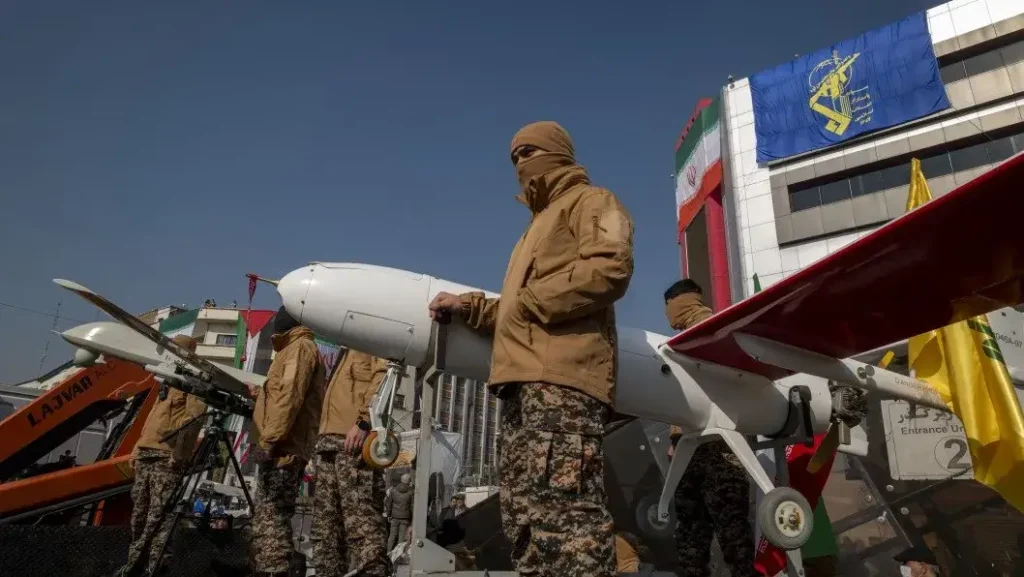
Reuters and CNN say Mossad operatives had been successful in disabling Iranian air defences through sabotage, using smuggled precision weapons and explosive drones launched from a covert base near Tehran. This secured air superiority for Israeli aircraft. Given the fact that not a single aircraft suffered any casualty, it stands to reason that something was indeed done to disable or disrupt the air defence systems.
These drones were likely small, precision-guided models designed for sabotage rather than large-scale destruction. The drones disabled key air defence systems (e.g., radars and surface-to-air missile launchers), enabling Israeli jets to operate with reduced risk.
Keep in mind that small drones have very limited explosive payloads, insufficient for destroying hardened nuclear facilities or causing significant strategic damage. Their role was likely tactical, supporting the main air strikes by disrupting defences. The main destructive impact came from the 330+ munitions dropped by fighter jets.
Details of how the Mossad smuggled the drones, where they had been kept (may be months in advance) in some secret base, and the types of drones have not been disclosed for obvious reasons. To me, the story appears more like psyops.
The CSIS (Center for Strategic and International Studies) also agrees that maintaining a covert base in Iran, a heavily surveilled state, is extraordinarily difficult. Operatives would need credible cover stories, local support for provisions, and protection from Iran’s security apparatus. Iran’s terrain offers few truly isolated areas suitable for such a base without detection. The Washington Post also pours cold water on the sensational claim. The TIME magazine also feels that whatever they did and whatever they are telling is obviously exaggerated to enhance the perception of Israeli intelligence prowess, though smaller-scale sabotage (e.g., operatives deploying drones from vehicles) is more feasible.
Were There Fifth Columnists Too?
Israeli sources claimed Mossad operatives were supported by local collaborators or “fifth columnists,” opposed to the Islamist regime. Yes, any covert operation does require local support. However, the claims are exaggerated because the local ‘hired help’ would also know it well what the consequences of getting caught will be. In my opinion, Israel’s broader strategy, as articulated by the Atlantic Council also, includes weakening the Iranian regime to facilitate its collapse. By suggesting internal betrayal by dissidents, Israel could exacerbate tensions between the regime and its population. Both the “secret base” and “fifth columnists” narrative likely serves dual purposes: practical sabotage and psychological warfare.
How And Why Iranian Air Defence Failed?
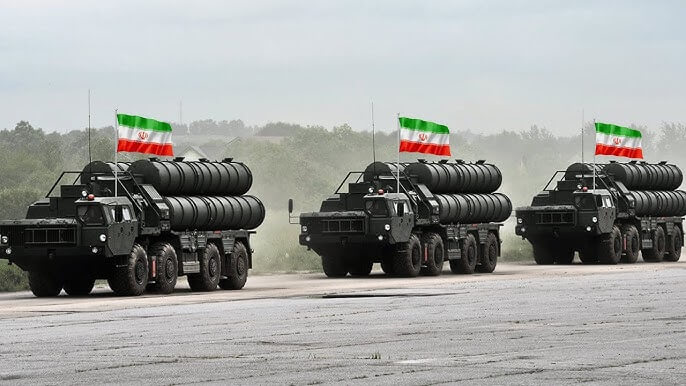
Iran’s air defences include Russian-supplied S-300PMU-2 systems, domestically developed systems like the Bavar-373, and shorter-range surface-to-air missiles. If they failed, it could most probably be due to sabotage. However, there are reasons to believe that the F-35’s stealth features and electronic warfare suite easily beat even the much-hyped S-400. Sebastien Roblin had written in the NationalInterest.org that most American pilots maintain that the S-300 and S-400 pose a threat to only non-stealth aircraft—they had determined this after flying sorties over Syria as part of the anti-ISIS coalition. Defenseworld.net had also reported that US-led coalition and Israeli aircraft simply avoided the area covered by the S-400—that is all the precaution they took! Then you must also factor in the fact that the Israelis used stand-off weapons to launch them from a safe distance.
Targets Hit and Destruction Caused
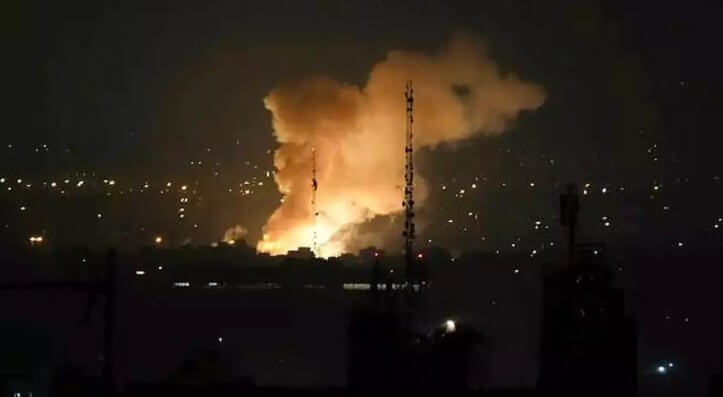
The above-ground pilot enrichment plant of Natanz was hit badly, with flames visible in social media images. But it is not known yet whether centrifuges have been destroyed and if so, how many. Underground facilities may have been less affected, as the IAEA reported no elevated radiation levels. The IAEA does not report any radiation leak. It means that the attack wanted to convey a message and not destroy like Osirak or Al-Kibar.
Ballistic missile production and launch facilities were also successfully hit but most of their missiles are believed to have survived in their safe storage facilities. An underground IRGC command centre was struck by some Bunker Buster precision-guided munition, killing senior leaders. Both the intelligence and the precision were commendable. The military officers killed include Hossein Salami (Head of the Islamic Revolutionary Guard Corps (IRGC); Maj. Gen. Mohammad Bagheri (Chief of Staff of the Iranian Armed Forces); Ali Shamkhani (Adviser to Supreme Leader Khamenei); Ali Rashid (IRGC commander); and Amir Ali Hajizadeh (IRGC Aerospace Force commander). I don’t think readers would be interested in the names of the nuclear scientists.
Residential areas housing senior commanders and the Jahan Koudak Tower in Tehran were damaged. There is one unverified claim of a missile entering a senor commander’s bedroom also. Iran’s UN envoy reported 78 deaths and over 320 injuries, mostly civilians. Four senior IRGC commanders and six nuclear scientists were killed. The CSIS agrees with me that the targeting of leadership and infrastructure suggests a focus on disruption rather than complete destruction. The psychological impact of killing the top guys is critical, even if both the military and the scientific fraternity could easily replace them with the next rung.
CSIS analysts agree with my reasoning that the Operation Rising Lion may cause a delay in Iran’s enrichment capacity, but the program’s resilience (Fordow intact, underground sites, stockpiled uranium) means it was not destroyed. Iran can repair or relocate facilities.
Iran’s Counterattack
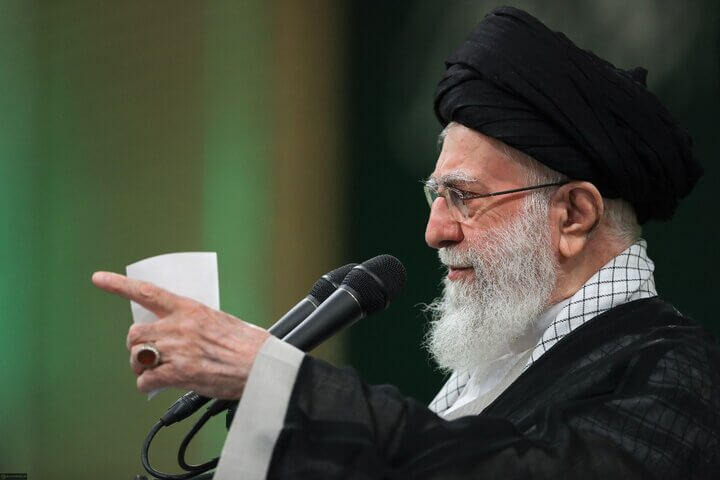
Iran’s retaliation, dubbed “Operation Severe Punishment,” occurred in two phases on June 13-14, 2025, targeting Israel with drones and ballistic missiles. In the first phase, as reported by CBSNews, Iran launched over 100 drones on June 13, 2025, starting in the morning.
The attack likely included HESA Shahed-136 (and probably Shahed-238), loitering munitions, used in prior attacks (e.g., April 2024) also. The IDF successfully intercepted almost all drones outside Israeli airspace, likely over Jordan or Syria, using fighter jets (e.g., F-15s, F-16s) and possibly ground-based systems like David’s Sling or Arrow 3. According to NPR.org, a US official confirmed to NPR that US ground-based air defence systems were helping shoot down the Iranian missiles targeted at Israel. The US official spoke on the condition of anonymity because they were not authorized to speak publicly.
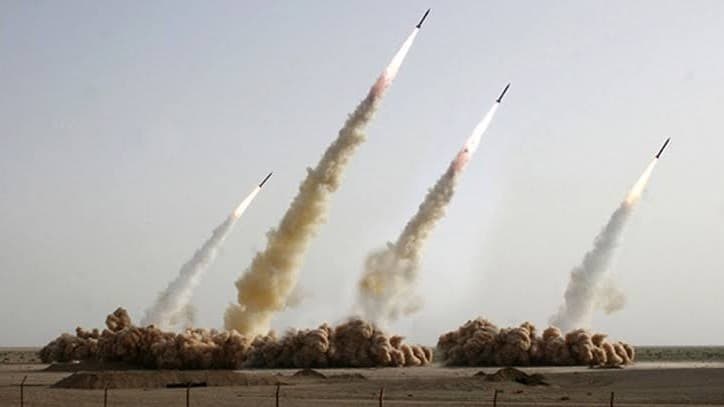
In the second phase, Iran launched over 100 ballistic missiles in multiple waves on June 13-14, 2025, targeting Tel Aviv and other sites. The IDF reported about 100 missiles in the first wave, followed by dozens more. The missiles likely included Fateh-110 or Zolfaghar short-range ballistic missiles, used in prior attacks (e.g., October 2024), with ranges of 300-700 km and high accuracy. Probably, there was Kheibar Shekan or other medium-range ballistic missiles also, capable of reaching Israel from Iran. Specific types were not confirmed.
The missiles struck at least seven sites around Tel Aviv, with some hitting military bases and others causing civilian damage with buildings and vehicles in areas like Ramat Gan. Videos and photos showed fires and structural damage. They killed at least three people (one in Tel Aviv on June 13, two in central Israel on June 14) and injured about 40, with 21 reported injuries (two serious). Iran’s use of ballistic missiles reflects an escalation from drones, aiming to penetrate Israel’s defences with speed and volume. The targeting of Tel Aviv civilian areas was basically to maximize psychological impact.
What happened to the Israeli Air Defence including the famous Iron Dome?

Some missiles did manage to penetrate the Iron Dome (short-range), David’s Sling (medium-range), and Arrow 3 (high-altitude), even as they successfully intercepted nearly 90% Iranian missiles. New York Times and The Guardian say that some failures are attributed to interception errors, with debris causing damage. Probably, the systems get overwhelmed by sheer numbers, as was witnessed in the April 2024 attack also.
The damage was limited compared to the scale of Iran’s attack, reflecting the effectiveness of Israel’s defences. Civilian casualties were low, suggesting precise targeting or effective interceptions. Iran’s focus on Tel Aviv aimed to maximize visibility, but the operational impact on Israel was minimal.
Israel was well-prepared, leveraging its robust defences and prior experience with Iranian attacks. The few missiles that penetrated suggest tactical overwhelm rather than strategic unpreparedness. Claims of Israeli unpreparedness in Islamist or Liberal media are obviously motivated. It is also very much obvious from known Islamist handles in India prominently posting photos from Tel Aviv and making outrageous claims like Tel Aviv having been destroyed and Netanyahu having fled the country to Greece.
Real Message of Operation Rising Lion
Operation Rising Lion was a bold and enormously complex operation that achieved full tactical success (e.g., Natanz damage, leadership deaths). It was not even intended to completely destroy Iran’s nuclear or military capabilities. Iran’s retaliation, while causing limited damage, demonstrated its resilience and ability to respond despite having been punched in the face.
The strikes demonstrated Israel’s ability to penetrate Iranian airspace at will, kill senior leaders, and disrupt nuclear operations, sending a message of strength and deterrence. Iran’s ambitions, however, driven by national pride and security concerns, are unlikely to be abandoned, especially given the regime’s resilience to external pressure.

